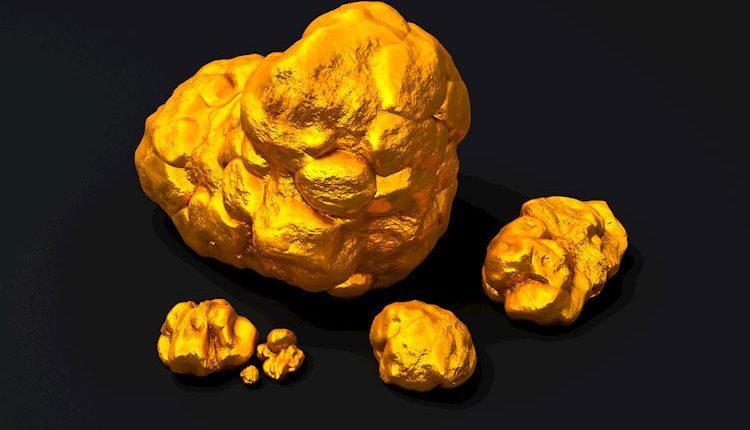- Gold price edges lower on Wednesday in reaction to the initial US election exit polls.
- Improving the odds of a Trump victory boosts the USD and weighs on the XAU/USD.
- A sharp rise in the US bond yields further undermine the non-yielding yellow metal.
Gold price (XAU/USD) struggles to capitalize on the previous day’s bounce from the $2,725-2,724 area, or a one-and-half-week low and attracts fresh sellers during the Asian session on Wednesday. The commodity currently trades around the $2,740 level and is weighed down by a strong pickup in the US Dollar (USD) demand.
The USD Index (DXY), which tracks the Greenback against a basket of currencies, spikes to a one-week high after initial exit polls indicated an early lead in key swing states for the Republican nominee Donald Trump. Moreover, speculations about the launch of Trump’s potentially inflation-generating tariffs, along with deficit-spending concerns, triggered a sharp rise in the US Treasury bond yields. This turns out to be another factor underpinning the Greenback and exerting some pressure on the non-yielding Gold price.
As polls continue to hit the wires, expectations of volatile swings across the global financial markets offer some support to the safe-haven XAU/USD and help limit the downside. Hence, it will be prudent to wait for strong follow-through selling before traders start positioning for an extension of the precious metal’s recent pullback from the vicinity of the $2,800 mark, or the record high touched last Thursday.
Gold FAQs
Gold has played a key role in human’s history as it has been widely used as a store of value and medium of exchange. Currently, apart from its shine and usage for jewelry, the precious metal is widely seen as a safe-haven asset, meaning that it is considered a good investment during turbulent times. Gold is also widely seen as a hedge against inflation and against depreciating currencies as it doesn’t rely on any specific issuer or government.
Central banks are the biggest Gold holders. In their aim to support their currencies in turbulent times, central banks tend to diversify their reserves and buy Gold to improve the perceived strength of the economy and the currency. High Gold reserves can be a source of trust for a country’s solvency. Central banks added 1,136 tonnes of Gold worth around $70 billion to their reserves in 2022, according to data from the World Gold Council. This is the highest yearly purchase since records began. Central banks from emerging economies such as China, India and Turkey are quickly increasing their Gold reserves.
Gold has an inverse correlation with the US Dollar and US Treasuries, which are both major reserve and safe-haven assets. When the Dollar depreciates, Gold tends to rise, enabling investors and central banks to diversify their assets in turbulent times. Gold is also inversely correlated with risk assets. A rally in the stock market tends to weaken Gold price, while sell-offs in riskier markets tend to favor the precious metal.
The price can move due to a wide range of factors. Geopolitical instability or fears of a deep recession can quickly make Gold price escalate due to its safe-haven status. As a yield-less asset, Gold tends to rise with lower interest rates, while higher cost of money usually weighs down on the yellow metal. Still, most moves depend on how the US Dollar (USD) behaves as the asset is priced in dollars (XAU/USD). A strong Dollar tends to keep the price of Gold controlled, whereas a weaker Dollar is likely to push Gold prices up.
Read the full article here

